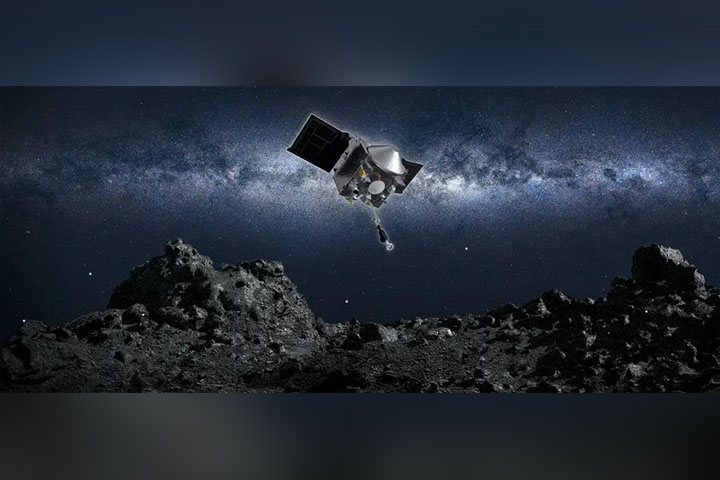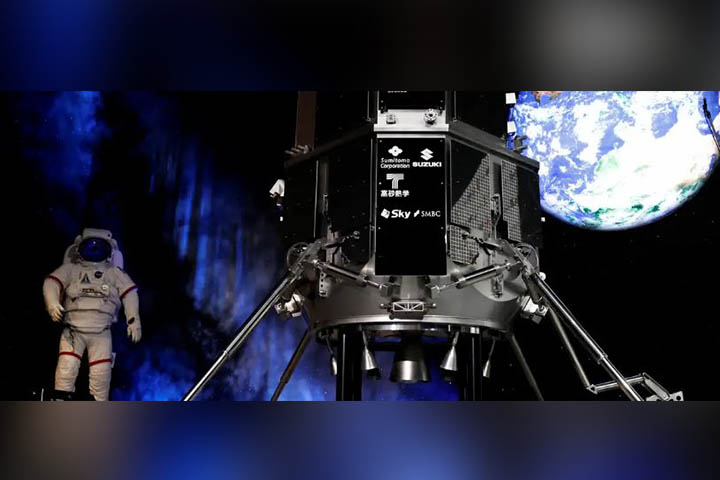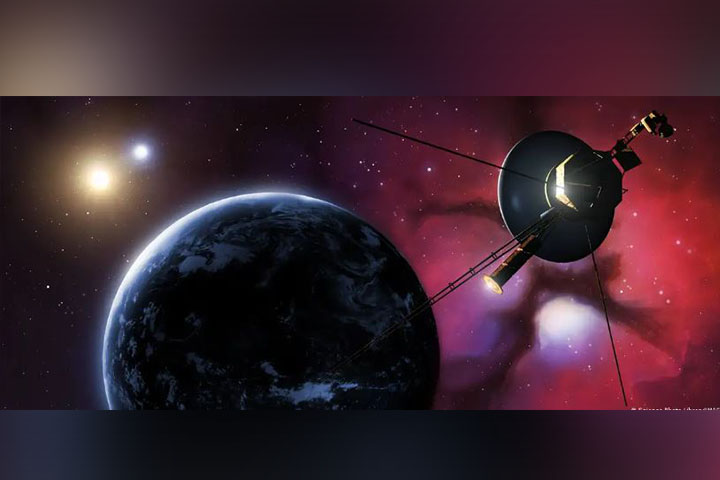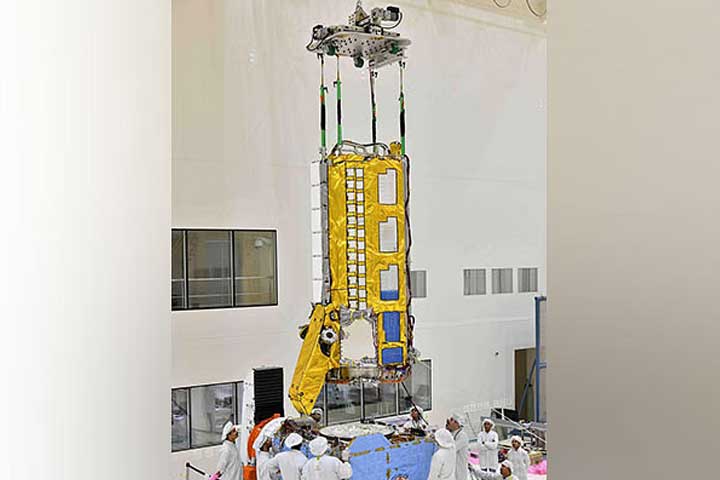Voyager 2: NASA restores contact with spacecraft
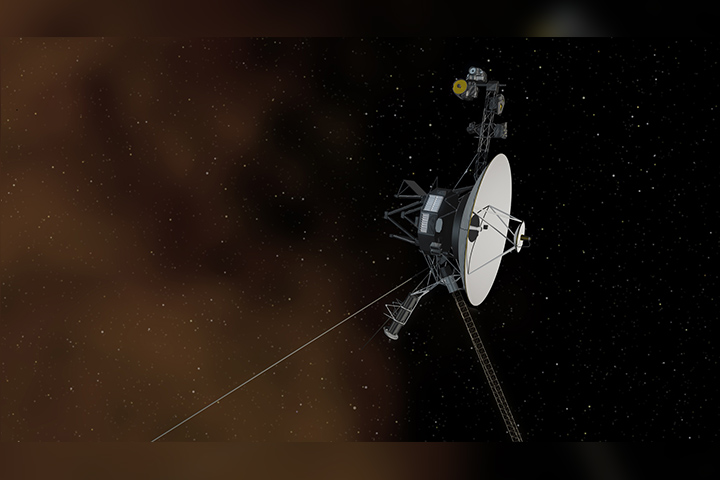
NASA reestablished contact with the Voyager 2 spacecraft on Friday following two weeks of silence after flight controllers sent a wrong command to the spacecraft that titled its antenna away from earth.
To reposition the antenna, NASA's Deep Space Network sent an "interstellar shout" on Wednesday with the help of NASA's most powerful radio antenna in Canberra, Australia.
It was a longshot attempt at sending instructions to right the craft that required perfect timing.
Voyager project manager Suzanne Dodd at NASA's Jet Propulsion Laboratory in California told AFP news agency that the command was timed to be sent during the "best conditions during the antenna tracking pass in order to maximize possible receipt of the command by the spacecraft."
As Voyager 2 is more than 12 billion miles (19 billion kilometers) from earth, it took roughly 18.5 hours for the command traveling at light speed to reach the spacecraft, and another 18.5 hours to hear back. Crews therefore had to wait more than a day to learn whether their intervention had even worked.
In the early hours of August 4 in the US, Voyager began returning science and telemetry data "indicating it is operating normally and that it remains on its expected trajectory," the Jet Propulsion Laboratory said.
What went wrong with Voyager 2?
On July 21, a series of planned commands sent to Voyager 2 mistakenly caused the probe's antenna to point 2 degrees away from Earth, which disrupted the transmission of signals.
The day before coming up with the plan to send the "interstellar shout," NASA engineers had detected a carrier or "heartbeat" wavefrom Voyager, by using multiple observatories around the world that form the Deep Space Network.
It was too faint to carry any data, but it was enough to confirm that the mission was still operating, and gave engineers hope that they could send a signal to adjust the antenna positioning.
The two-week outage was believed to be the longest NASA had gone without hearing from Voyager 2 in a mission that's well into its fifth decade, project manager Suzanne Dodd told The Associated Press.
The antenna only needed to be shifted 2 degrees to correct the error, but the situation was not expected to be resolved until a scheduled automated realignment maneuver on October 15.
What is Voyager?
Voyager 2, and its twin Voyager 1, were launched in 1977 to explore the outer solar system and beyond, while serving as a beacon of humanity in outer space.
Both spacecraft carry "Golden Records," which are 12-inch, gold-plated copper disks that feature "the sounds of Earth," such as thunder, rainfall, dogs barking, and the sound of a baby.
The discs also include a map of the solar system, a piece of uranium that serves as a radioactive clock allowing recipients to date the spaceship's launch, and symbols that show how to play the record.
The disc is intended to convey the story of our world to extraterrestrials.
Voyager 1 crossed into interstellar space in 2012, and Voyager 2 crossed in 2018. Before leaving the solar system, Voyager 2 explored Jupiter and Saturn, and became the first and so far only spacecraft to visit Uranus and Neptune.
Scientific data sent back from Voyager include details about the interstellar magnetic field and the abundance of cosmic rays.
Voyager 1 is now the most distant spacecraft from earth at 15 billion miles (24 billion kilometers) away. It is still in contact.
Dodd said that as long as the plutonium power holds, both spacecraft could make it to the 50th anniversary of their launch in 2027.
"Hopefully, one of them will make it to 50. But they are old and certainly events like this one that just happened scare the dickens out of me, as far as making that type of a milestone," she told the Associated Press.
Comments
The Indian Product Boycott Movement vs. Reclaiming the Hat
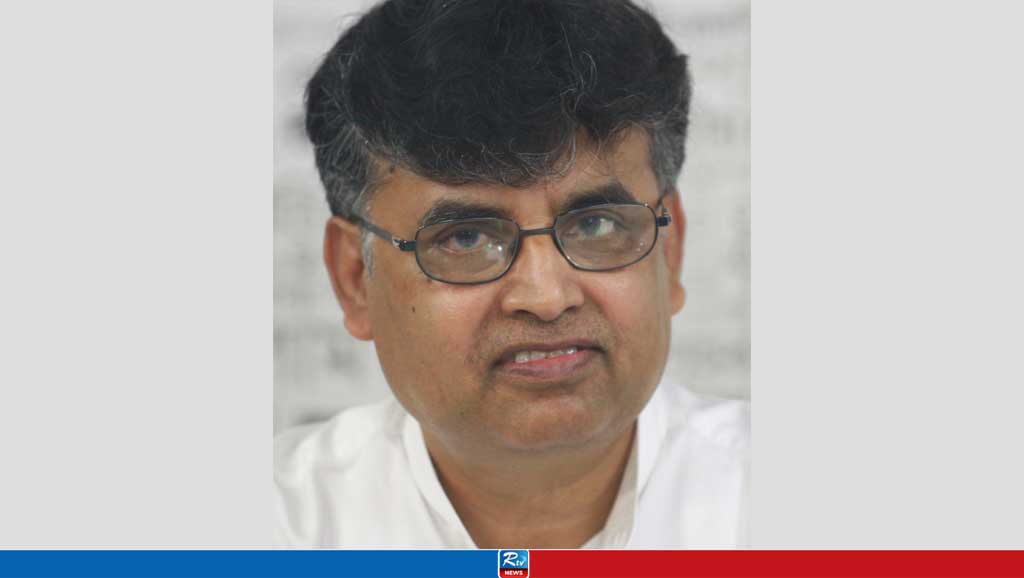
Schools and colleges to remain closed for 7 days

DU classes to be held virtually amid heatweave

Dozens arrested as US campus protests over Gaza spread

Sonia to receive PNS-Bipasha Guhathakurata award

Slow internet, may suffer for a month
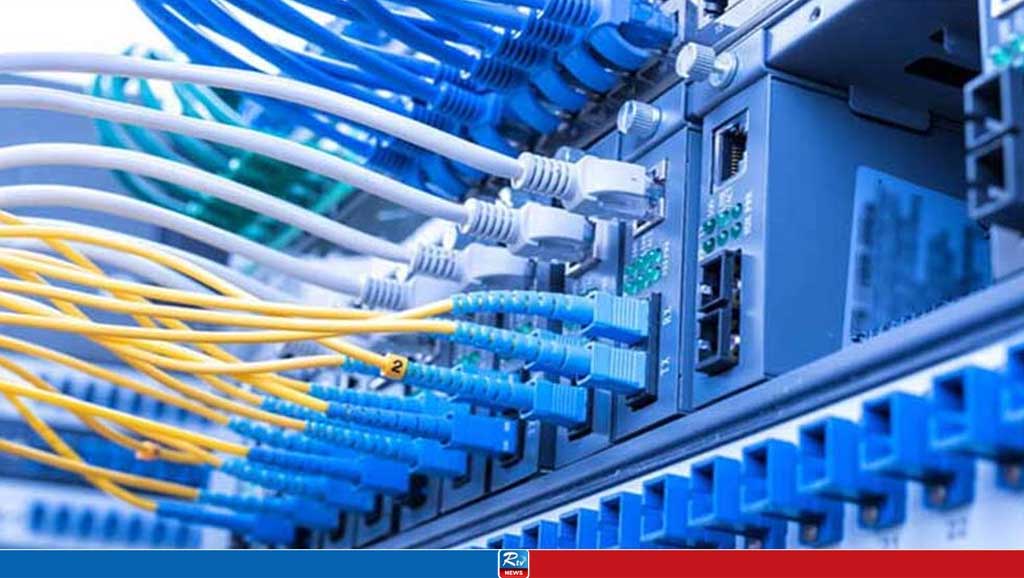
Primary schools to reopen across Bangladesh from Sunday


 Live Tv
Live Tv

